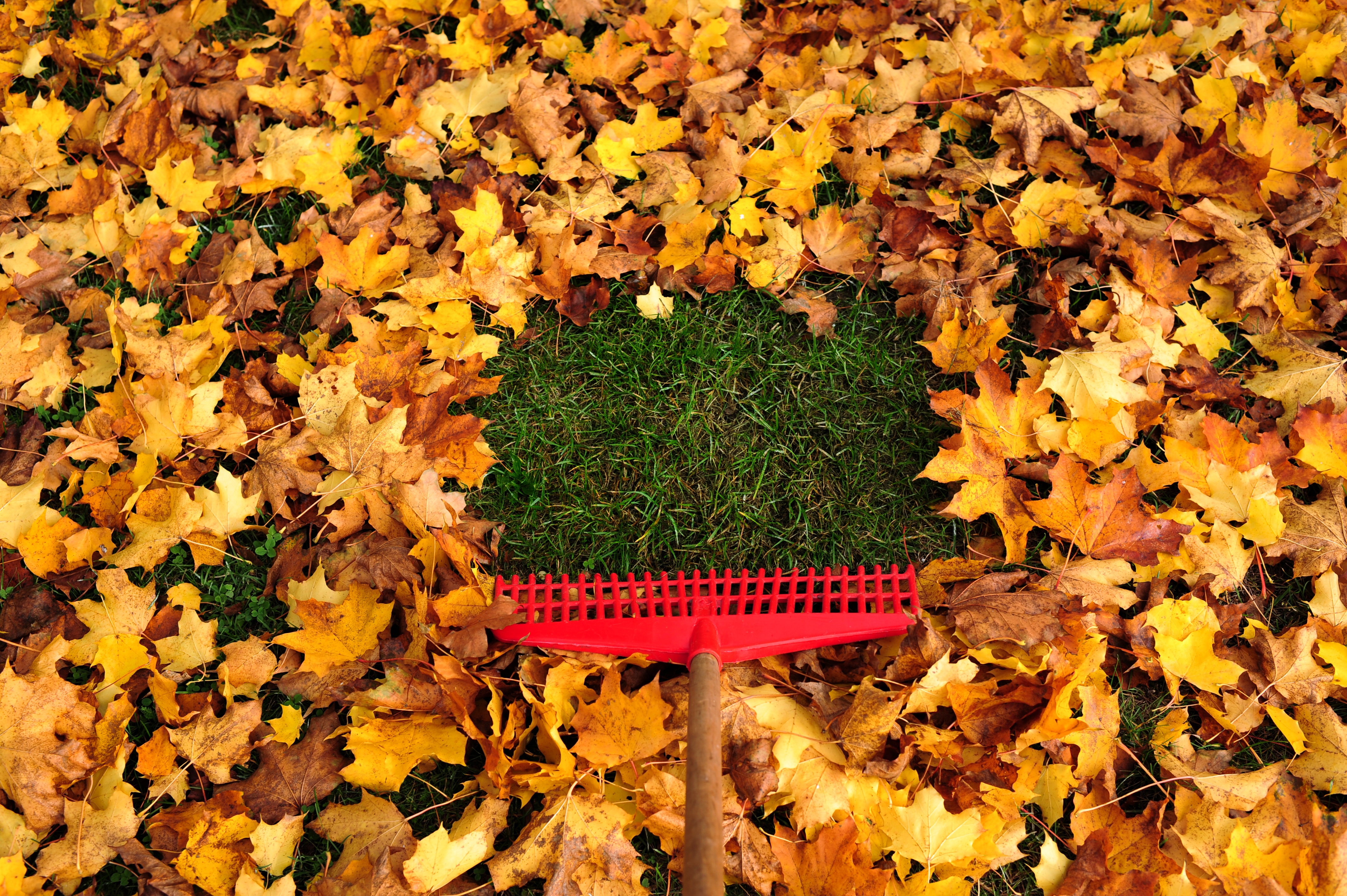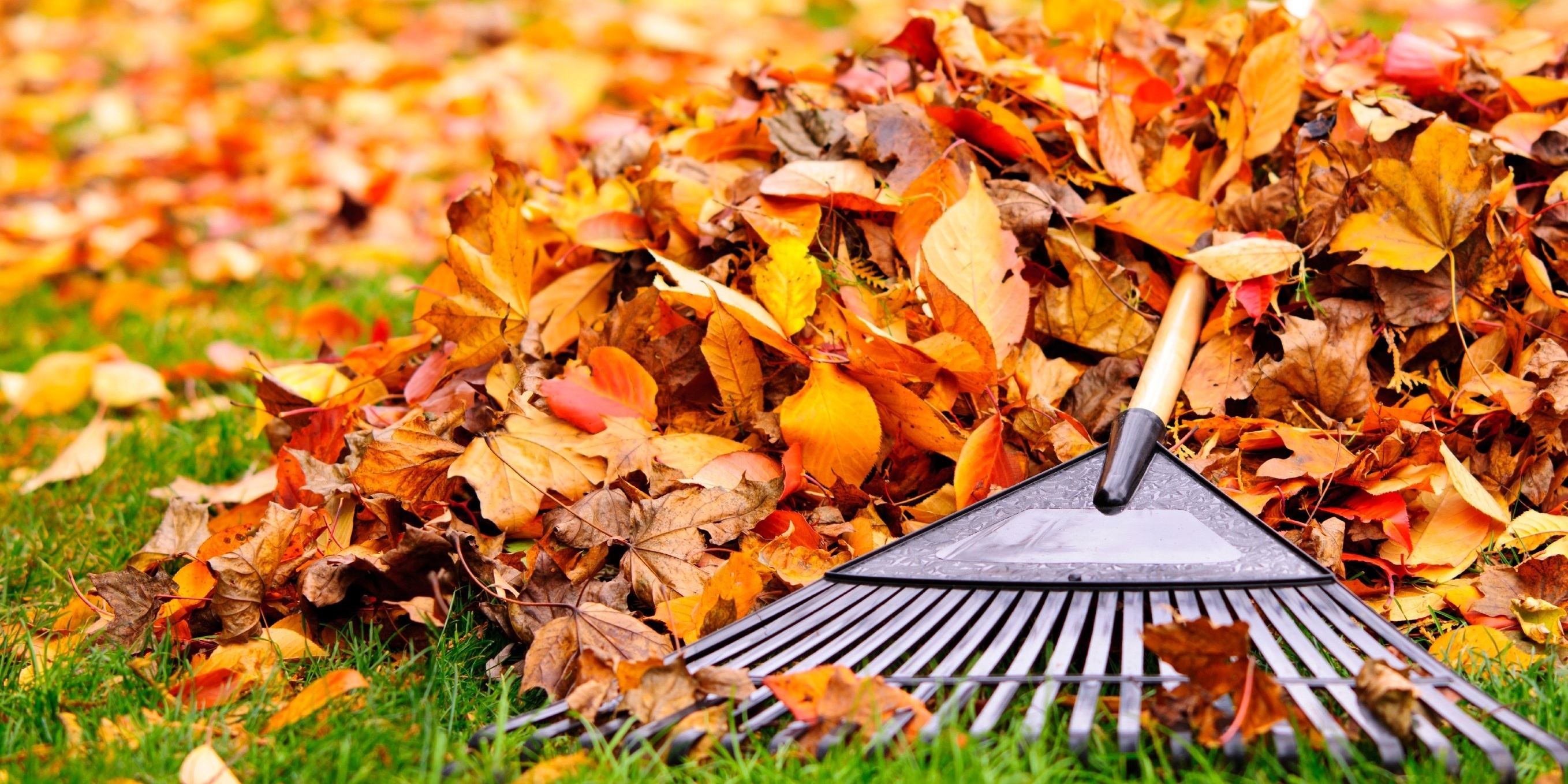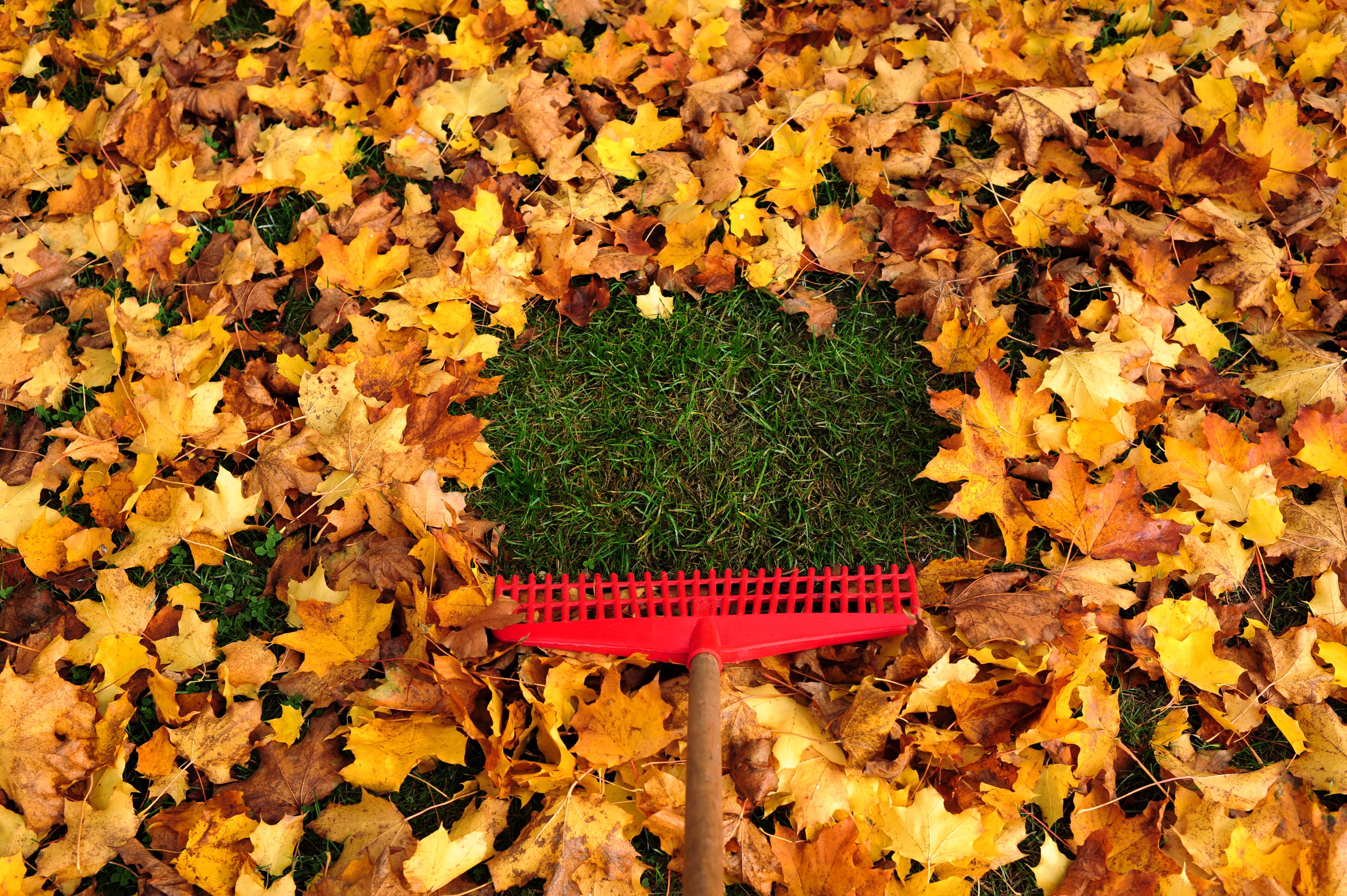
Do you hear that, lawn lovers? No, it's not the sound of a thousand hockey fans exhaling after last night's return to action. Or even the hum of a thousand pumpkin pies baking in the oven. Instead, what you're hearing is the sound of crisp, yellow leaves crunching under your feet as you go about your fall lawn care tasks. And if you're not hearing it yet, know that you will be soon enough!
Raking leaves in the fall can be a big ask, especially if you're lucky enough to have big, regal trees in your neighborhood. If you're struggling with the task and need some motivation, know that you're not alone. Read our latest blog and learn more about the importance of raking your lawn in fall.
Why Raking In Fall Is Important
When it comes to fall lawn care, fallen leaves should be raked up as soon as possible; you don’t want to wait to until all the leaves have fallen from the tree before starting.
Letting leaves accumulate is potentially damaging to your grass blades, since you’re restricting the amount of sunlight they need to build winter hardiness.

If leaves are left unraked, they can pile up to the point of suffocating the grass, causing dead patches. Fungal diseases can also become a problem over the winter if matted down leaves are covering the lawn. Using a lawn mower to mulch leaves, or a bagger to pickup leaves can make the job easier than raking.
Leaves left on the lawn will prevent air flow and daylight from keeping your lawn growing. A thick mat of wet leaves will damage your lawn beyond recovery and you will be forced to reseed patches of your lawn next spring.
Before you finish up, grab the ladder and check those gutters. The last thing you want is clogged gutters when winter rolls in.
/gutters%20(twitter).png?t=1538588800117&width=733&name=gutters%20(twitter).png)
Follow us on Facebook for a new lawn care tip every Tuesday, and get every new The Grass Expert blog direct to your newsfeed.







/gutters%20(twitter).png?t=1538588800117&width=733&name=gutters%20(twitter).png)
